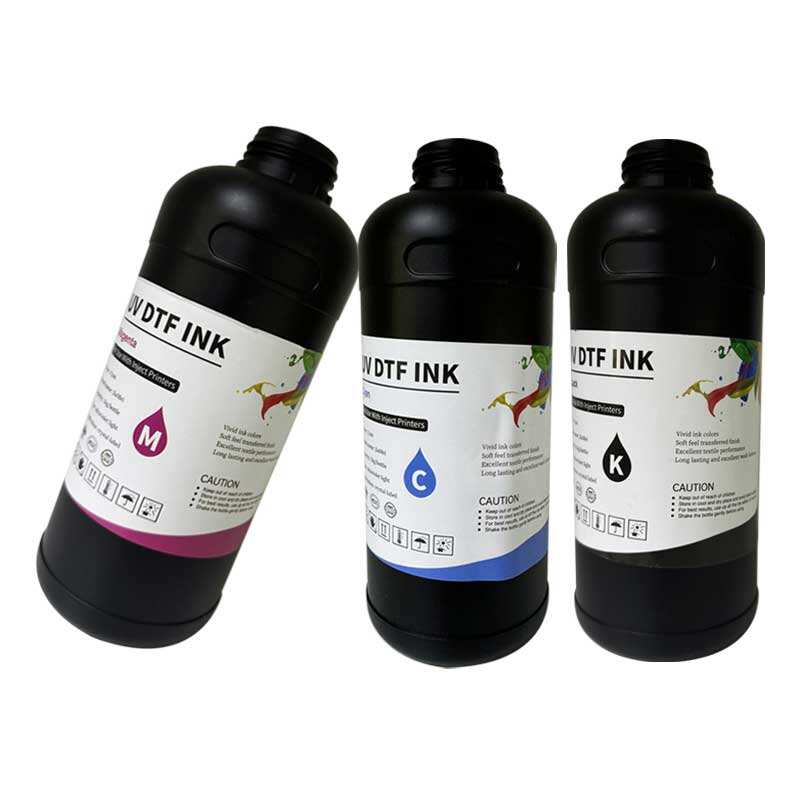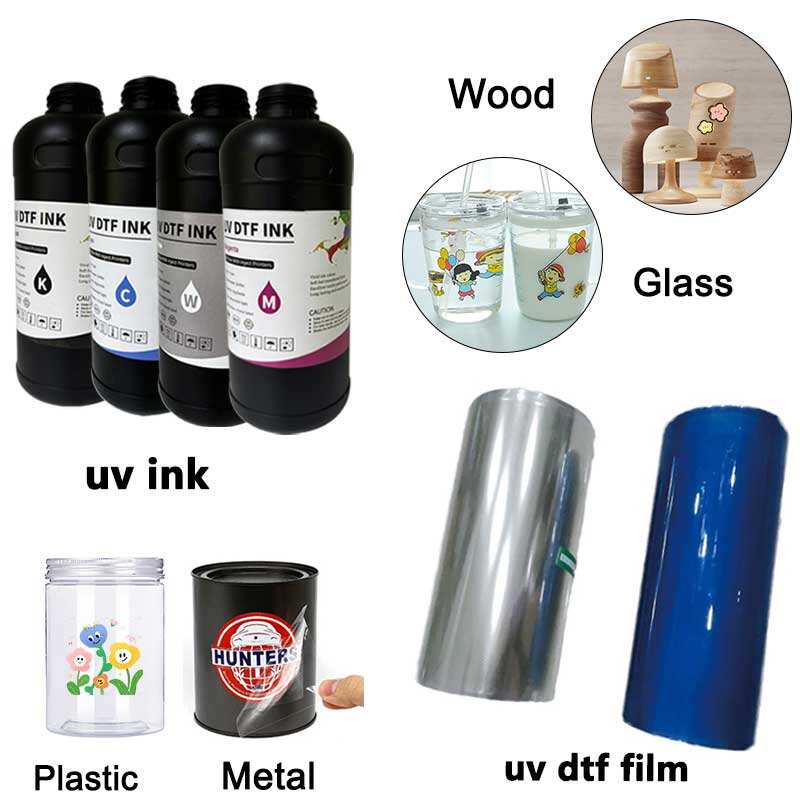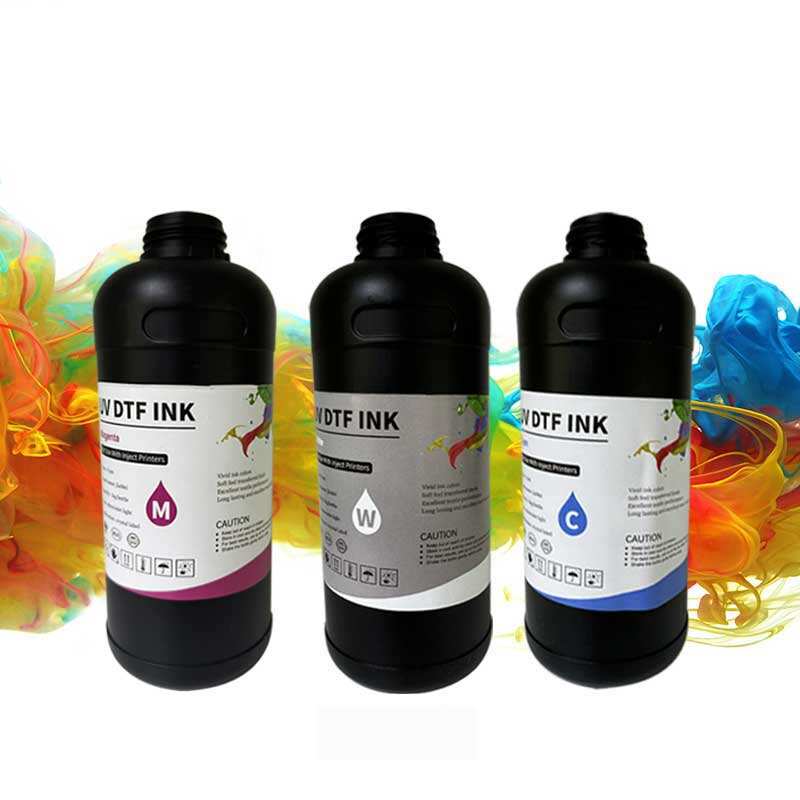uv vacuum exposure unit
A UV vacuum exposure unit is a sophisticated piece of equipment designed for precise photolithography processes in various industrial applications. This advanced system combines ultraviolet light technology with vacuum functionality to ensure optimal exposure conditions for photosensitive materials. The unit features a high-performance UV light source that provides uniform illumination across the entire exposure area, while the vacuum system ensures perfect contact between the artwork and the substrate. The equipment typically includes a digital control panel for accurate exposure timing, vacuum pressure monitoring, and programmable operation sequences. The unit's design incorporates safety features such as UV-protective viewing windows and automatic shutdown mechanisms. Its robust construction typically includes a heavy-duty steel frame, precise alignment systems, and high-quality optical components. The exposure chamber is engineered to maintain consistent vacuum levels throughout the process, which is crucial for achieving sharp, detailed results. These units are available in various sizes to accommodate different substrate dimensions, making them versatile tools for multiple applications in printed circuit board manufacturing, screen printing, and photochemical machining processes.


